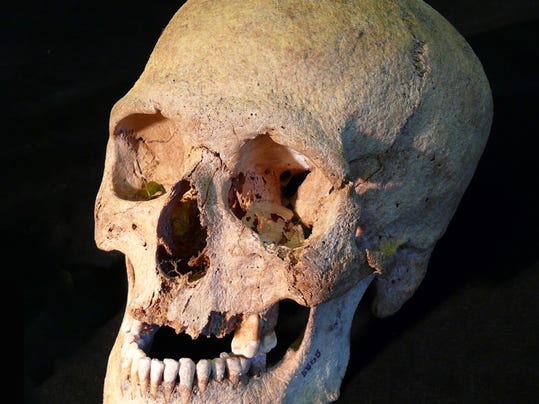The runestone found at Naversdale, Orphir. (Picture:www.theorcadianphotos.co.uk)
In what has been described as an “amazing coincidence”, a viking runestone with a religious inscription has been discovered on a farm owned by archaeologist Dr Sarah Jane Gibbon, an expert on Norse church history.
Found by Dr Gibbon’s father, Donnie Grieve, a retired teacher from Harray, the runes on the broken stone are a 19-character Latin passage of part the Lord’s Prayer — “who art in heaven hallowed”.
Measuring approximately 8cm by 24cm, it was discovered by Mr Grieve at Naversdale farm in Orphir while he was gathering building stone from a field on September 26.
He said: “I recognised it right away as being runes. It’s very recognisable and very clear.
“It’s unusual, because it’s a Latin inscription — part of the Lord’s Prayer. I don’t think there’s any record of any inscription like that in Orkney or Shetland, so it’s unusual.
Read the rest of this article...
































